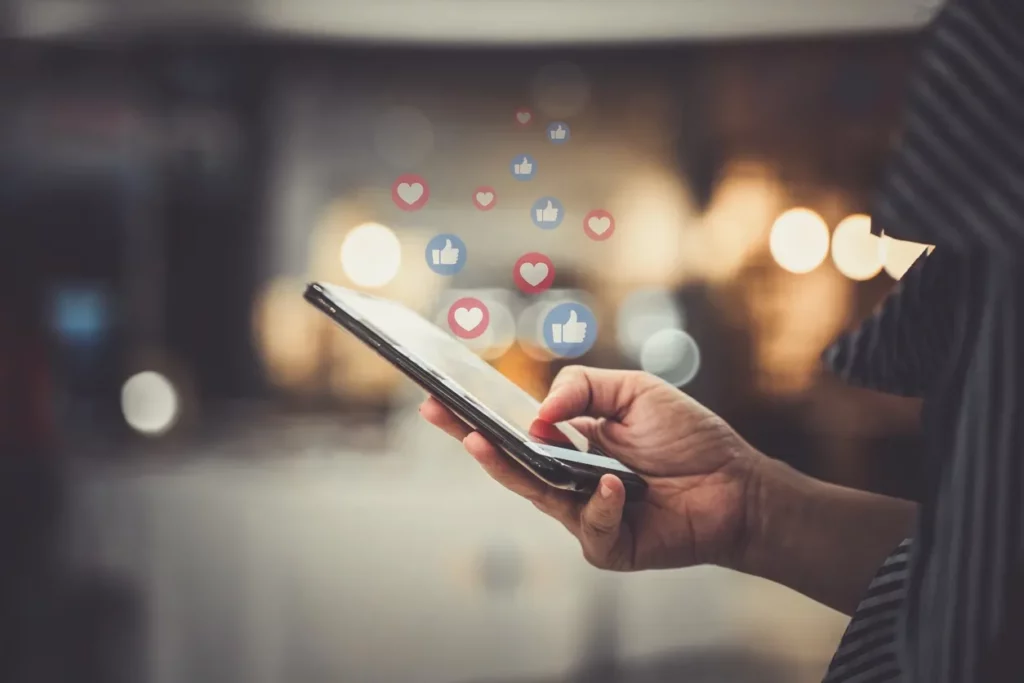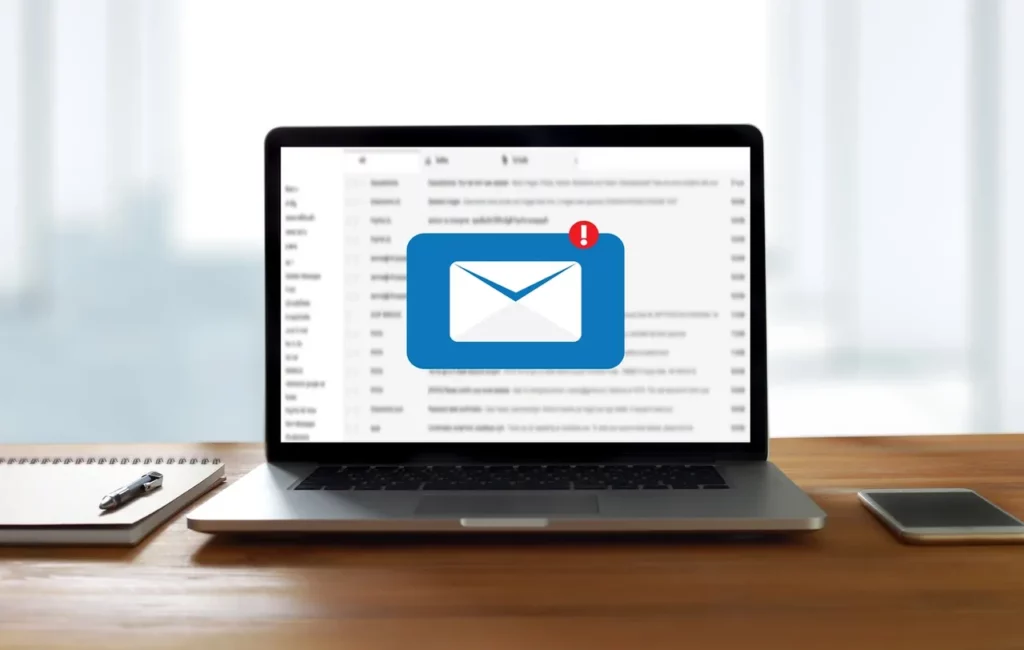Customer service makes a big difference when it comes to the reputation of your brand. How many times have you decided to try a new product or service only to be greeted with bad customer service? Whether it was walking into a small business boutique and not being greeted by the sales associate or asking a store employee where to find an item in the store, only to be answered with them pointing a finger and then walking off in the opposite direction. Maybe it was the time you made a reservation at a new restaurant and still had to wait an hour, and then later to be given the wrong meal and then charge you twice for it with little to no acknowledgment of remorse or empathy.
Research shows that customer service plays a pivotal role in the success of a brand. In fact, many Americans have stated that they will stop doing business with a company if they experience bad customer service. Technology has shaped the way consumers retrieve information about a brand and on whether or not to make a purchase. We are living in an era where instead of getting information from companies about a product, we now have the tools to retrieve the information ourselves. Consumers are now posting about their experiences with a product or service through reviews. Let’s not forget one of the top ways consumers make a decision on whether or not they want to try out a new product or service, Word of Mouth (WOM). Now more than ever, people are relying on their friends, families, co-workers, and the internet community for information to guide their purchasing decisions.
It takes a few people or sometimes even one person to express their bad experience with a product, brand or service for it to be dropped from their list of choices. Companies are now seeing the importance of customer service and how it makes a huge impact on their sales. As a result, they are implementing better customer service initiatives into their marketing strategy to provide better customer experience. The goal is to keep your customers happy and provide them with superior service in hopes that they can associate your brand or product with a positive memorable experience.
Below are a few ways brands can use customer service as a marketing tool.

1. Use Social Listening With Your Online platforms
While positive mentions about a brand can boost its reputation, it can also provide a great way for marketers to identify brand ambassadors. These are the customers who help promote your brand by sharing their positive experiences. As a result, marketers can show their appreciation by thanking them for sharing their positive experiences or even just replying back to acknowledge them. Customers like to see brands being responsive and are engaging with them.
It is extremely important for marketers to monitor all mentions of their brands online, even negative reviews. When someone is nearing their final purchasing decision, one negative review can be the difference between two brands or products. Marketers should seek out these negative comments and try to respond immediately. Whether it’s clarifying an issue, rumor or even offering a solution to a problem, brands should go the extra mile to get the negative sentiment under control and try to regain the trust of your customers. If they had a bad experience with your brand, offer them something for free, a discount or send a follow-up email personalized to them expressing your remorse. Taking a small initiative to show that you value your customers goes a long way.
2. Listen to Your Customers and Implement Their Feedback
Your customers are the best sources of information to provide better customer service. Very often customers are asked to take a survey on their experience. But how often do companies implement the feedback into their marketing strategy? Talk to your customers and get feedback on things that they like to see or have and find cost-effective ways to implement it. For example, if you notice a lot of customers are complaining about how a particular store always has long lines during lunch hours and need more cashiers. Implement a solution where there are always more employees during that time of day and then write a blog on how the company is taking steps to fix the issue.

3. Communicate & Respond Quickly to Inquiries
Keeping your customers informed and updated is great customer service. When a customer sends an email, it is always a good idea to respond within 24 hours—ideally within 4 hours. This is especially important for E-commerce purchases. Automated emails are an easy way to confirm an order or provide an update on the prepared, shipping and delivered statuses.
A nice gesture would be to show the human side of customer service and personally call the customer to let them know their package was delivered. You would be surprised to see how many customers would tweet or post that they just received a personal phone call stating their package was delivered. They might even take a picture holding the delivered package to post on social media. When customers are happy and feel valued, they become loyal customers to your brand.
4. Use Your Customer’s Positive Reviews and Comments as Marketing Content
If you received a letter from a customer raving about how your product worked so well for them, post it on your webpage. Or if you see an Instagram picture of someone holding your product with a positive message, re-share it. Let consumers see that people are enjoying your products and services. It creates awareness and it gives a personalized touch to your website and online presence. As a result, they feel significant by seeing that their opinions and feedback are important enough to be published.

5. Leverage Your Customer Experience Data to Provide Better Customer Service
Customers want to feel valued and they want to feel special through personalization. They want you to know exactly who they are, what they like and prefer. As a result, companies should leverage their customer experience data to provide customers with personalized experiences. It’s important to not only collect data on your customers but to collect the right data in order to gain insights and use it to create more personalized experiences for them.
For example, a restaurant business can have loyalty programs that collect the purchasing history of their customers. The next time they dine with your company, you can address them by their name and immediately know their 3 most purchased meals to choose from. It saves the customer time and helps to improve the customer journey for your company. It also shows that you are willing to go beyond to provide them with outstanding customer service by learning who they are.
The goal is to keep your customers happy. Use customer service as a marketing tool and leverage it. Once companies understand the value it can bring to their organization and begin implementing better strategies, customers will have better experiences and more positive memories. The chances of brand loyalty increases and you will start to see a positive impact on your sales and profits!
Author: Felecia Anson


